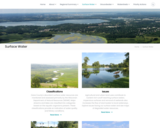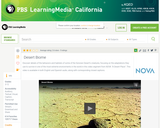The Wisconsin State Herbarium (WIS), formerly known as the University of Wisconsin-Madison Herbarium, was founded in 1849, and is a scientific collection of pressed, dried, labeled, and classified plants and fungi. It also preserves notes, illustrations, and other material about plants, and it maintains its own valuable Herbarium Library. The collection of more than 1.2 million specimens is of regional, national, and international importance. Approximately one-fourth of its vascular plant specimens are from Wisconsin, all of which have been databased and are searchable online. In addition, most of the world's floras are well represented, and the holdings from certain areas such as the Upper Midwest, eastern North America, western Mexico, and the Arctic (primarily lichens) are widely recognized as resources of global significance. The herbarium occupies two floors of the east wing of historic Birge Hall at the top of Bascom Hill on the UW-Madison campus. In addition to its specimen holdings, visitors to WIS have access to high-quality microscopes, an extensive library of books, reprints and maps, computer workstations, and internet connections for personal computers. WIS serves as the state of Wisconsin's official repository of plant specimen vouchers, and is actively engaged in educating students and sharing our passion for plants with the public. The faculty, staff, and students associated with the herbarium are engaged in a variety of local, regional, national, and international efforts to document, showcase, and protect plant diversity.
Search database by Specimen Search, Map Search, or Exsiccati Search.


















